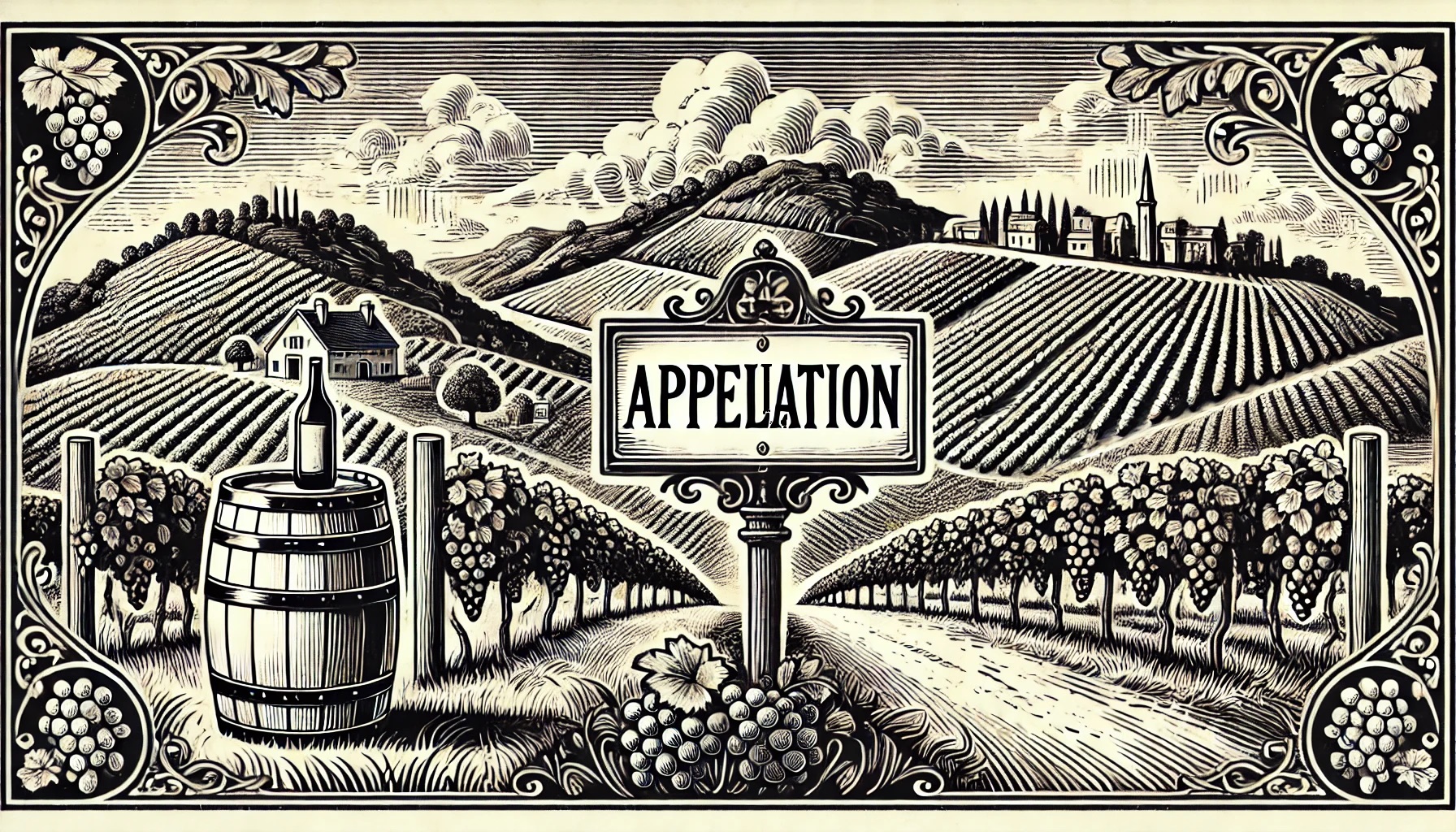
An appellation is a legally defined geographical area used to indicate where the grapes for a wine are grown. Wine regions around the world use appellations to set quality standards, ensure consistency, and protect the reputation of their wines. Appellations vary from country to country, with each nation setting its own rules and guidelines for how a wine qualifies for a specific designation.
France pioneered the concept of appellations, creating the Appellation d’Origine Contrôlée (AOC) system in the early 20th century. The AOC sets strict regulations about where grapes can grow, how much can be harvested, what types of grapes can be used, and even the methods of production. For example, Champagne can only come from the Champagne region in France, and the AOC regulates everything from the type of grapes allowed to the winemaking process itself.
Other countries adopted similar systems. Italy uses Denominazione di Origine Controllata (DOC), and Spain has Denominación de Origen (DO). In the United States, you’ll find the American Viticultural Areas (AVA) system, which defines regions like Napa Valley or Sonoma. Each of these systems creates clear distinctions between wines made in different areas, allowing wine enthusiasts to know where a wine comes from and how it was made.
Appellations play an essential role in shaping a wine’s character. Factors like climate, soil composition, and altitude influence the flavors and aromas found in wines from different regions. A Burgundy Pinot Noir tastes completely different from one grown in California, even though the same grape variety is used. The concept of terroir often comes into play, with appellations helping highlight these unique environmental factors in wine production.
Curious about more wine terms and insights? Visit our Wine Wiki section and explore the basic wine terms for expert definitions and tips!